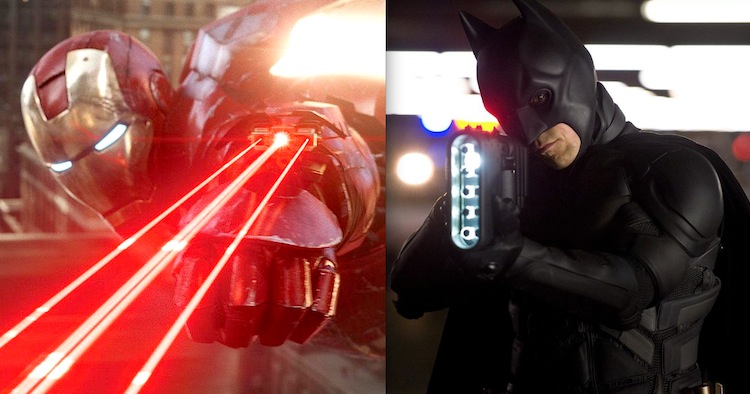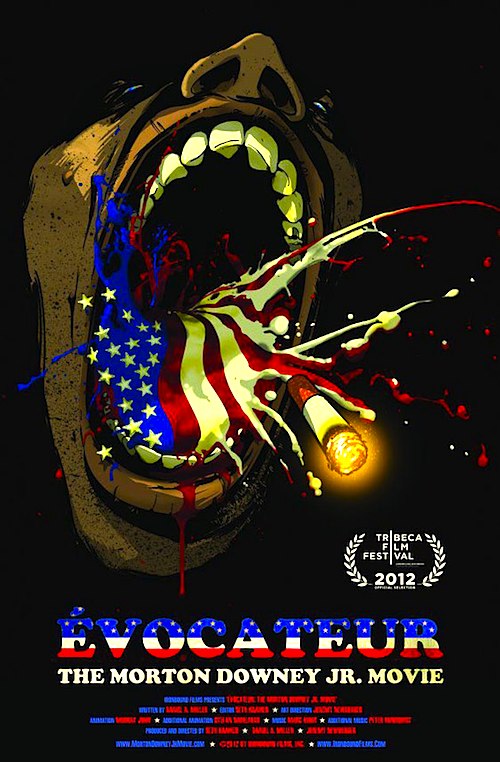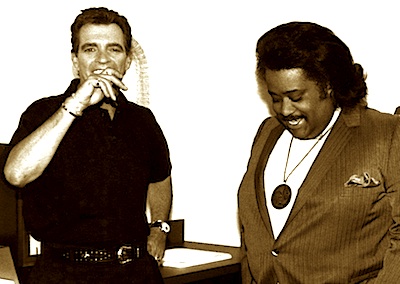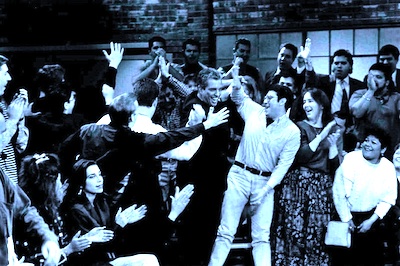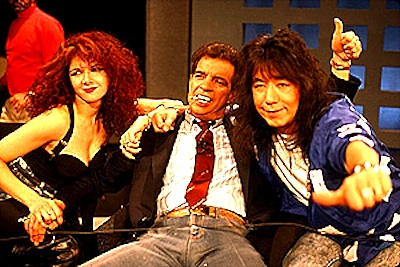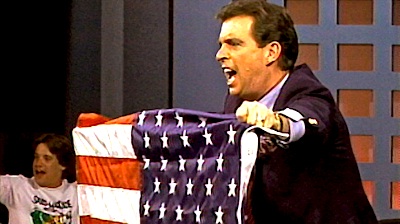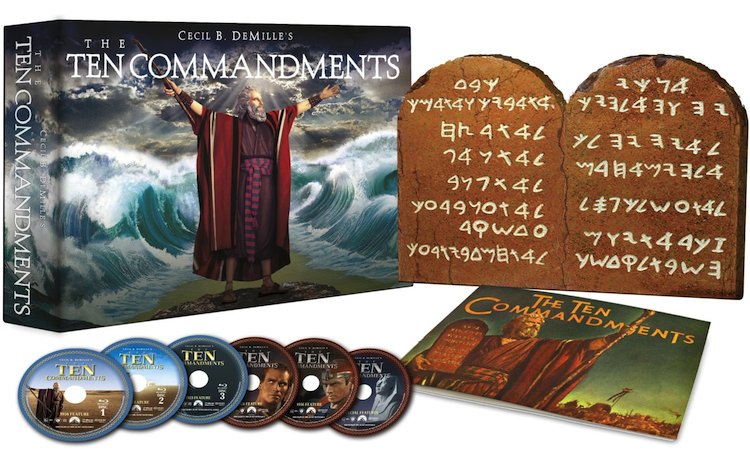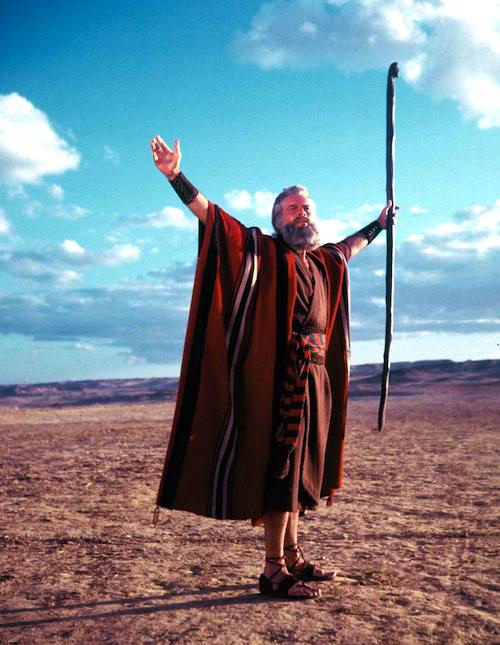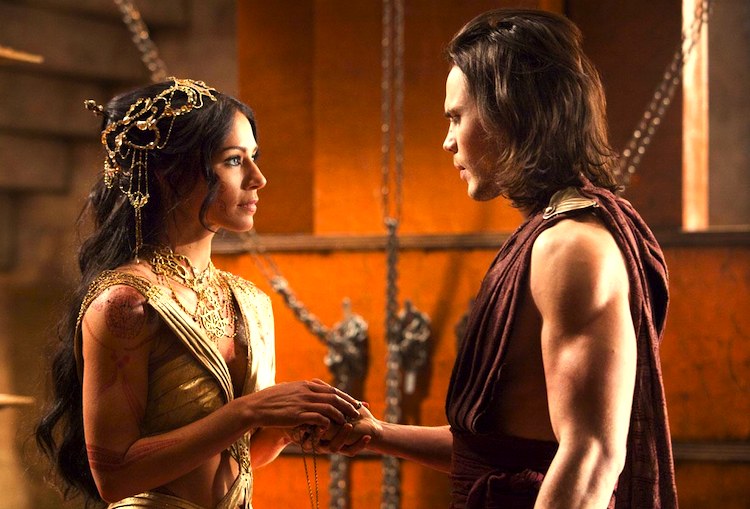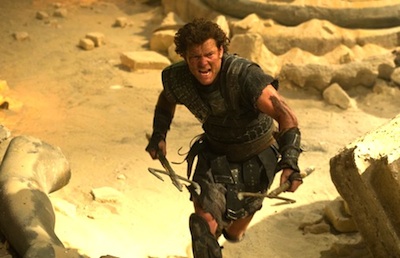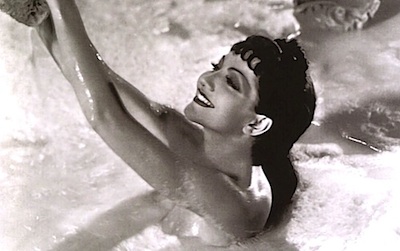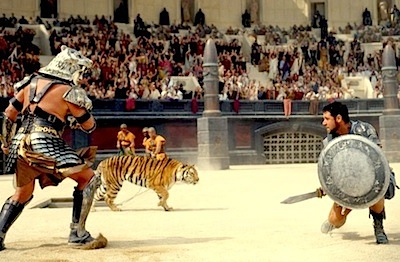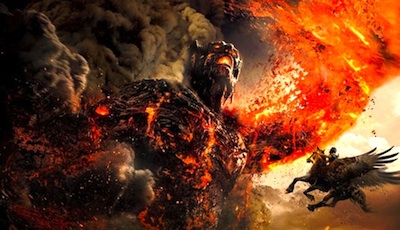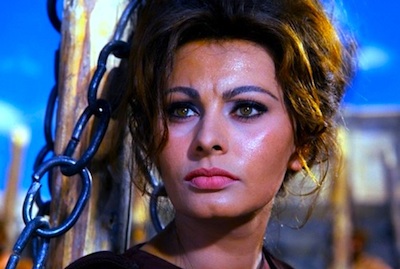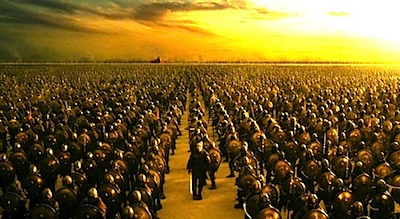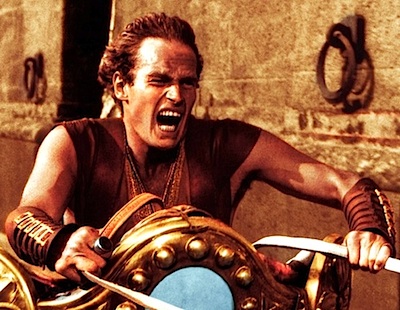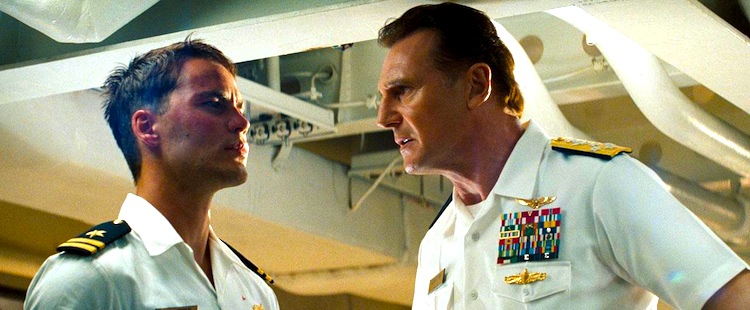
[Editor’s note: the post below appears today on the front page of The Huffington Post and AOL-Moviefone.]
By Jason Apuzzo. Memorial Day weekend is approaching, a time when Americans traditionally focus their attention on corn dogs, guacamole burgers and LeBron’s fading playoff hopes – but it’s also a time when we remember the men and women who’ve made the ultimate sacrifice for their country and for freedom.
And although Universal’s new film Battleship just capsized at the box office, unable to compete with the entertaining spectacle of The Avengers or Facebook’s Hindenburg-style IPO, it’s still a perfect excuse to take a look at The Top 10 Naval Warfare Movies of All Time.
Movies about America’s naval heroes – and there have been some great ones – teach us about courage under fire, about the importance of strategy, and recall a more romantic era when tactical masterminds made split-second decisions that changed the course of world history.

Granted, America’s enemies these days don’t seem to like the water very much. Long gone are the days of legendary naval adversaries like Japan’s Isoroku Yamamoto (the Harvard-trained mastermind behind the Pearl Harbor attack), Germany’s Alfred von Tirpitz (whose submarines raised havoc during World War I), or even Britain’s Lord Sandwich – who somehow took time out from battling America’s Continental Navy to invent the sandwich.
Even the Russians don’t seem eager to confront the U.S. out in the open ocean, anymore – possibly due to the traditional Russian difficulty of keeping nuclear-powered ships afloat.
All of this is why Hasbro and director Peter Berg resurrected the cinema’s most reliable enemy, space aliens, to serve as the foe in Battleship.
And even though Battleship doesn’t make the Top 10 list below, as Memorial Day approaches the film may nonetheless put you in the mood to watch one of these classics of the World War II era and beyond, from the days when America proved her might – and sailors proved their mettle – by battling for supremacy on the high seas:
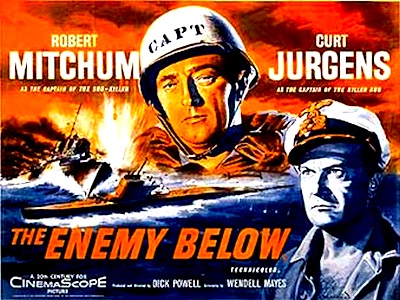
1. The Enemy Below (1957)
The Enemy Below pits laconic World War II destroyer captain Robert Mitchum against a craggy, war-weary German U-boat skipper played by Curt Jürgens. Mitchum and Jürgens play cat-and-mouse with each other across the south Atlantic, putting their tactical skill and nerves to the maximum test. And as their duel grows more intense, so too does their respect for one another. With a great musical score by Leigh Harline and directed by actor Dick Powell, The Enemy Below set the standard for realism in its day – although it’s Mitchum’s rivalry with Jürgens that puts the film over the top.
Best line: “I don’t want to know the man I’m trying to destroy.”
2. Destination Tokyo (1944)
Destination Tokyo stars Cary Grant as a conscientious sub captain who leads his crew on a daring mission from the Aleutian Islands to Tokyo Bay. Co-starring John Garfield as a skirt-chasing sailor named ‘Wolf’, and featuring colorful performances from Alan Hale and Dane Clark, Destination Tokyo brings the action like few other war films of its day. Grant’s sub torpedoes destroyers and aircraft carriers, and conducts bold night missions along the Japanese coast – all while dodging minefields, depth charges, bombs, even an appendicitis attack among its crew. Destination Tokyo was so good, it inspired a young Tony Curtis to join the Navy – years before he would appear on-screen with Grant in Operation Petticoat.
Best line: “Congratulations, Wolf … It’s been an hour since anything reminded you of a dame.”
3. Tora! Tora! Tora! (1970)
A mega-production that tells the story of the Pearl Harbor attack from both the American and Japanese perspectives, Tora! Tora! Tora! was so big that it needed three directors to make – one of whom initially was Akira Kurosawa. Tora! Tora! Tora! takes its history seriously, exploring the political and military context behind the infamous December 7th, 1941 raid. An epic film in every sense, including in its methodical pacing, Tora! Tora! Tora! shows what a complex, risky gamble the attack was for the Imperial Japanese – along with the many tactical failures on the American side that made it possible. In the pre-digital era, few war pictures seem bigger than Tora! Tora! Tora!, and the final attack sequence still looks incredible today – because so many of the pyrotechnics are real.
Best line: “I fear all we have done is to awaken a sleeping giant and fill him with a terrible resolve.”
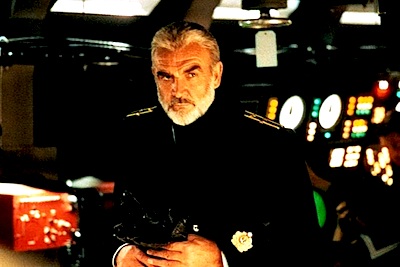
4. The Hunt for Red October (1990)
A signature film of the Cold War era and based on the famous Tom Clancy novel, The Hunt for Red October stars Sean Connery as Soviet sub captain Marko Ramius, who decides to defect to the U.S. and hand over his undetectable sub, the Red October, before the Russians can use it to launch World War III. Connery is perfect as the wily Ramius, and a young Alec Baldwin does a nice turn playing Jack Ryan before Harrison Ford took over the role in later films. A great musical score by Basil Poledouris – along with sharp performances by James Earl Jones, Sam Neill, Fred Thompson and Scott Glenn – rounds out this must-see classic.
Best line: “We will pass through the American patrols, past their sonar nets, and lay off their largest city, and listen to their rock-and-roll … while we conduct missile drills.”
5. Sink the Bismarck! (1960)
This neglected classic recounts the harrowing story of how Germany’s massive Bismarck battleship, the naval Death Star of its day, threatened to obliterate Britain’s Royal Navy – and actually did obliterate the HMS Hood, Britain’s most powerful battlecruiser. Sink the Bismarck! also dramatizes how blind luck often factors in to history’s most decisive battles. Strong performances by Kenneth More and Dana Wynter, as well as a colorful turn by Karel Štěpánek as Germany’s Admiral Lütjens, make Sink the Bismarck! key viewing for naval warfare buffs.
Best line: “We are unsinkable … and we are German!”
6. They Were Expendable (1945)
Director John Ford’s They Were Expendable brings an element of poetry and heightened realism to the genre in telling the story of how America’s PT boats fought the war against the Imperial Japanese in the Philippines. They Were Expendable stars John Wayne and Robert Montgomery – who actually commanded a PT boat during the war, and who took over directing the film when Ford (who shot footage of the Battle of Midway and also of D-Day for the Navy Department) fell ill. A sobering, moody look at the sacrifices made during wartime, and also at military innovation in the face of numerically superior forces, They Were Expendable was Ford’s last wartime film – and a memorable one.
Best line: “I used to skipper a cake of soap in the bathtub, too.”
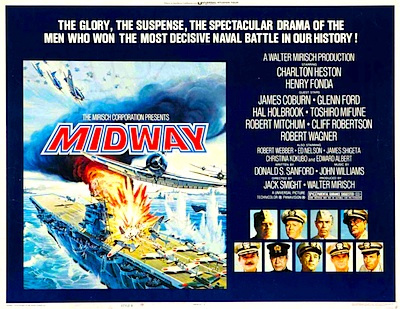
7. Midway (1976)
With a boffo cast featuring Charlton Heston, Henry Fonda, Robert Mitchum, Glenn Ford and Toshiro Mifune, and with music by John Williams, Midway recounts the decisive Battle of Midway on an epic scale. Although the film sometimes feels cobbled together with too much stock footage, Midway takes combat strategy more seriously than most war films – painstakingly setting up the options facing both the American and Imperial Japanese fleets in this crucial naval conflict that turned the tide in the Pacific. And even with Mifune playing Admiral Yamamoto, and Fonda as Admiral Nimitz, it’s Heston who steals the show as hard-ass Navy captain Matt Garth.
Best line: “‘Wait and see.’ We waited. December 7th, we saw. The ‘Wait and see’-ers will bust your ass every time.”
8. The Caine Mutiny (1954)
This exceptional adaptation of Herman Wouk’s novel is probably the finest film ever on the psychological strain of command. Humphrey Bogart (himself a former Navy man) was nominated for Best Actor for his iconic performance as Captain Queeg, who loses his composure – and possibly his sanity – during a dangerous typhoon, prompting his minesweeper crew to relieve him of duty. Scintillating performances by Fred MacMurray and José Ferrer, and vivid Technicolor cinematography by Franz Planer, round out this dramatic and provocative look at stress under fire. Plus, you’ll never look at a bowl of strawberries the same way.
Best line: “The first thing you’ve got to learn about this ship is that she was designed by geniuses to be run by idiots.”
9. Pearl Harbor (2001)
Michael Bay’s epic telling of the Pearl Harbor attack brought a new level of realism and detail to the depiction of combat – with ILM’s visual effects team re-creating not only the Japanese attack, but also the Doolittle raid and the Battle of Britain. Although the film’s romantic subplot never totally clicks, Pearl Harbor still packs an emotional punch once the Japanese raid kicks in – and the film’s old-fashioned, patriotic sensibility fits the subject matter perfectly. Bay’s team actually re-created a large-scale section of the doomed battleship USS Oklahoma and capsized it for the film. Don’t try that at home.
Best line: “I’ve got some genuine French champagne. From France.”
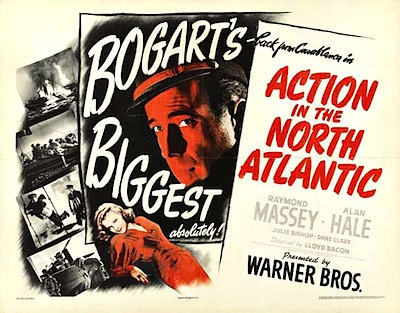
10. Action in the North Atlantic (1943)
Another classic from Humphrey Bogart, this wartime Warner Brothers gem was Bogie’s first film after Casablanca made him a superstar. Action dramatizes the vital role of the Merchant Marine in transporting armaments during World War II, as Bogie and Raymond Massey guide a Liberty ship on a harrowing mission to Murmansk – battling U-boats and the Luftwaffe along the way. Action is well-named, with more combat scenes than any World War II film outside of Destination Tokyo. And although the film was shot exclusively on the back lot, Bogie and Massey still made real-life dives off one of the film’s burning ships … after a few drinks.
Best line: “The trouble with you, Pulaski, is you think America is just a place to eat and sleep. You don’t know what side your future’s buttered on.”
Honorable Mentions: Crash Dive (1943), Operation Pacific (1951), In Harm’s Way (1965).
Posted on May 22nd, 2012 at 5:26pm.
